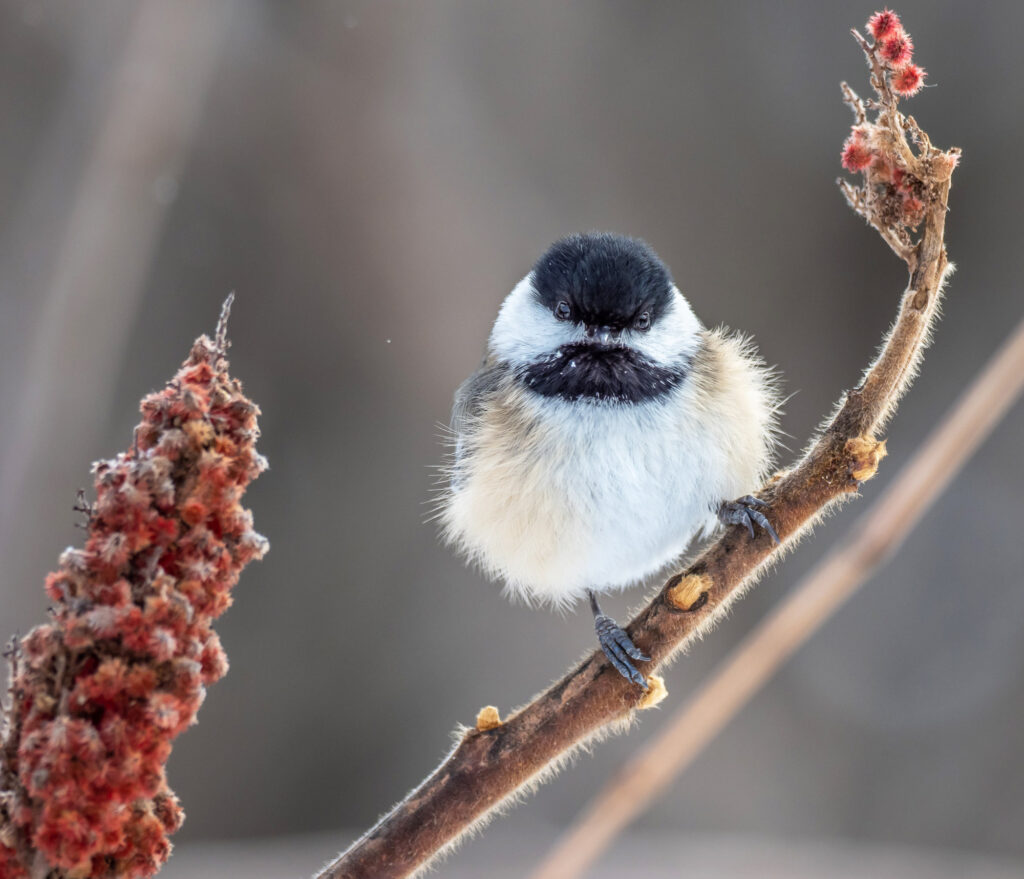BLACK-CAPPED CHICKADEE, SOUND, HABITAT, SIZE, MEANING, BEHAVIOR, FUN FACTS, NEST, DIET
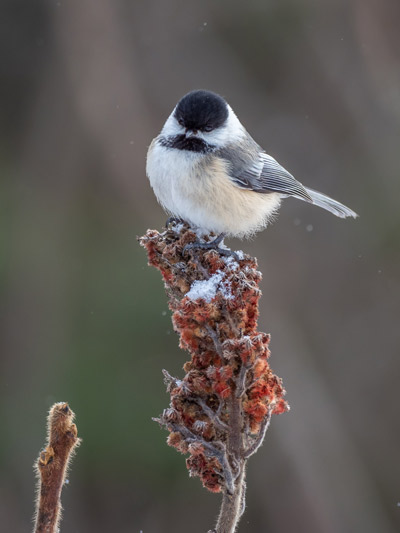
The black-capped chickadee (Poecile atricapillus) is a small bird found in North America. It is a common backyard bird and can be found in deciduous and mixed wood forests and in suburban and urban areas.
COLORS
To begin with, the black-capped chickadee is known for its distinctive black cap and bib, as well as its white cheeks. Its back and wings are gray, and its underparts are white.
SOUND
One of the most notable characteristics of the black-capped chickadee is its vocalization. The bird’s call is a “chick-a-dee-dee-dee” sound, which is how it got its name.
In fact, the bird often uses this call to communicate with others of its species and to announce its presence to potential predators. The chickadee also has a variety of other vocalizations, including a “fee-bee” song.
MIGRATION
Furthermore, they are non-migratory birds, which means they stay in the same area year-round. Plus, they are also highly adaptable and can survive in a wide range of habitats, from rural forests to urban parks.
And they are also able to survive in cold temperatures and are often seen flitting about in the winter when other birds have migrated south.
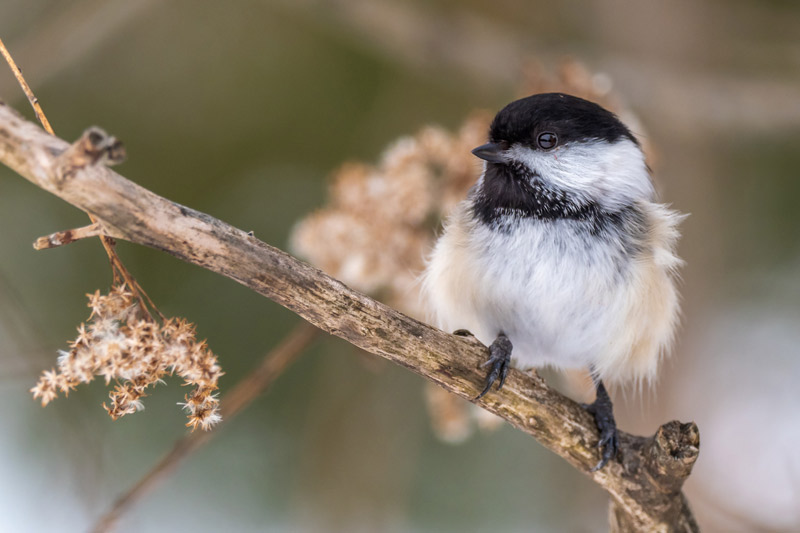
DIET
In terms of diet, black-capped chickadees are opportunistic feeders. This means, they eat seeds, insects, and berries, and will also feed on suet and sunflower seeds at backyard feeders.
In addition, they are also known to cache food for later consumption, hiding it in crevices and bark.
INTELLIGENT
Notably, the Black-capped chickadees are also known for their intelligence. For instance, they have been observed using tools, such as twigs, to extract insects from crevices, and are able to remember the location of thousands of food caches.
To add up, studies have also shown that they are able to recognize individual birds and remember past interactions with them.
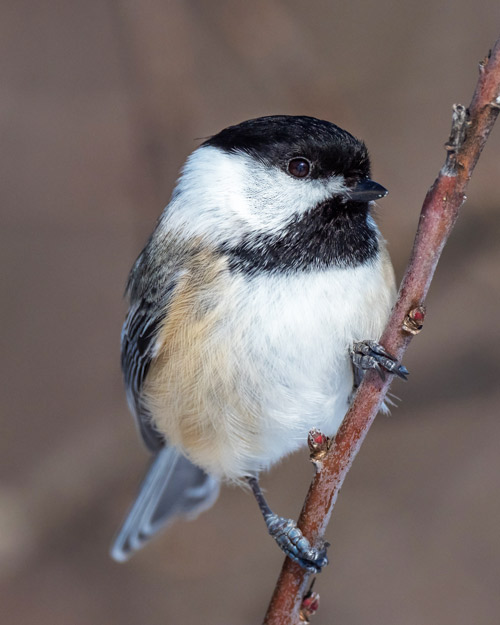
SOCIAL
Moreover, these birds are also known for their sociability. They typically form monogamous pairs during the breeding season, but they also form flocks outside of the breeding season.
These flocks can include chickadees of both sexes as well as other species of birds. The flocks are thought to provide protection from predators and make foraging for food more efficient.
REPRODUCTION
On the other hand, in terms of breeding, black-capped chickadees are cavity nesters.
For example, they typically nest in holes in trees but will also use nest boxes if provided. Then, the female builds the nest and lays between five and eight eggs.
In fact, both the male and female care for the eggs and chicks. The chicks fledge (leave the nest) after about two weeks. To finish, the parents continue to feed them for several weeks after they have left the nest.
POPULATION
The black-capped chickadee population appears to be stable and is not currently considered a threatened species.
However, they do face some threats, including habitat loss and fragmentation, as well as increased competition for nest sites from non-native species such as European starlings and house sparrows.
Additionally, climate change may also have an impact on the black-capped chickadee population. As a matter of fact, warmer temperatures may cause changes in the availability of their preferred food sources.
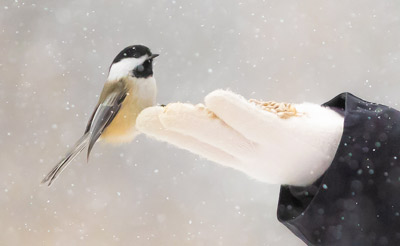
HOW TO HELP THEM?
To help protect black-capped chickadees and other backyard birds, individuals can take several actions such as providing bird feeders and nesting boxes and leaving natural areas undisturbed.
SCIENCE PROGRAMS
Also, they can participate in citizen science programs such as the Great Backyard Bird Count or the Christmas Bird Count to help track the population and distribution of black-capped chickadees and other birds.
CREATING HABITATS
Another way to help protect black-capped chickadees is by creating and maintaining suitable habitats for them. This can include planting native trees and shrubs, creating wetlands, and reducing pesticide use.
Chickadees rely on a variety of habitats throughout the year, including nesting sites, foraging areas, and winter roosting sites. By providing diverse habitats, we can help support the entire life cycle of the black-capped chickadee and other wildlife.
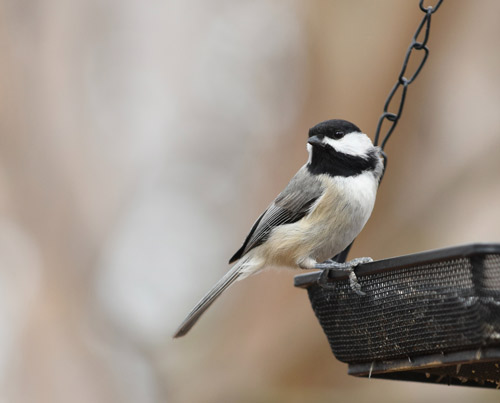
IMPACT OF CLIMATE CHANGE
Another important aspect of conservation is understanding the impact of climate change on black-capped chickadees and other bird species.
As the climate changes, it can affect the timing of migration, breeding, and foraging, which can have consequences for the survival and reproduction of these birds.
Indeed, scientists are still studying the effects of climate change on black-capped chickadees and other bird species but protecting and preserving suitable habitats is crucial to their survival.
RAISING AWARENESS
In addition to conservation efforts, it is also important to raise awareness about black-capped chickadees and other backyard birds.
By educating people about these birds and the importance of protecting them, we can inspire more individuals and communities to act.
For instance, this can include installing bird feeders and nesting boxes, participating in citizen science programs, and supporting conservation organizations that work to protect birds and their habitats.
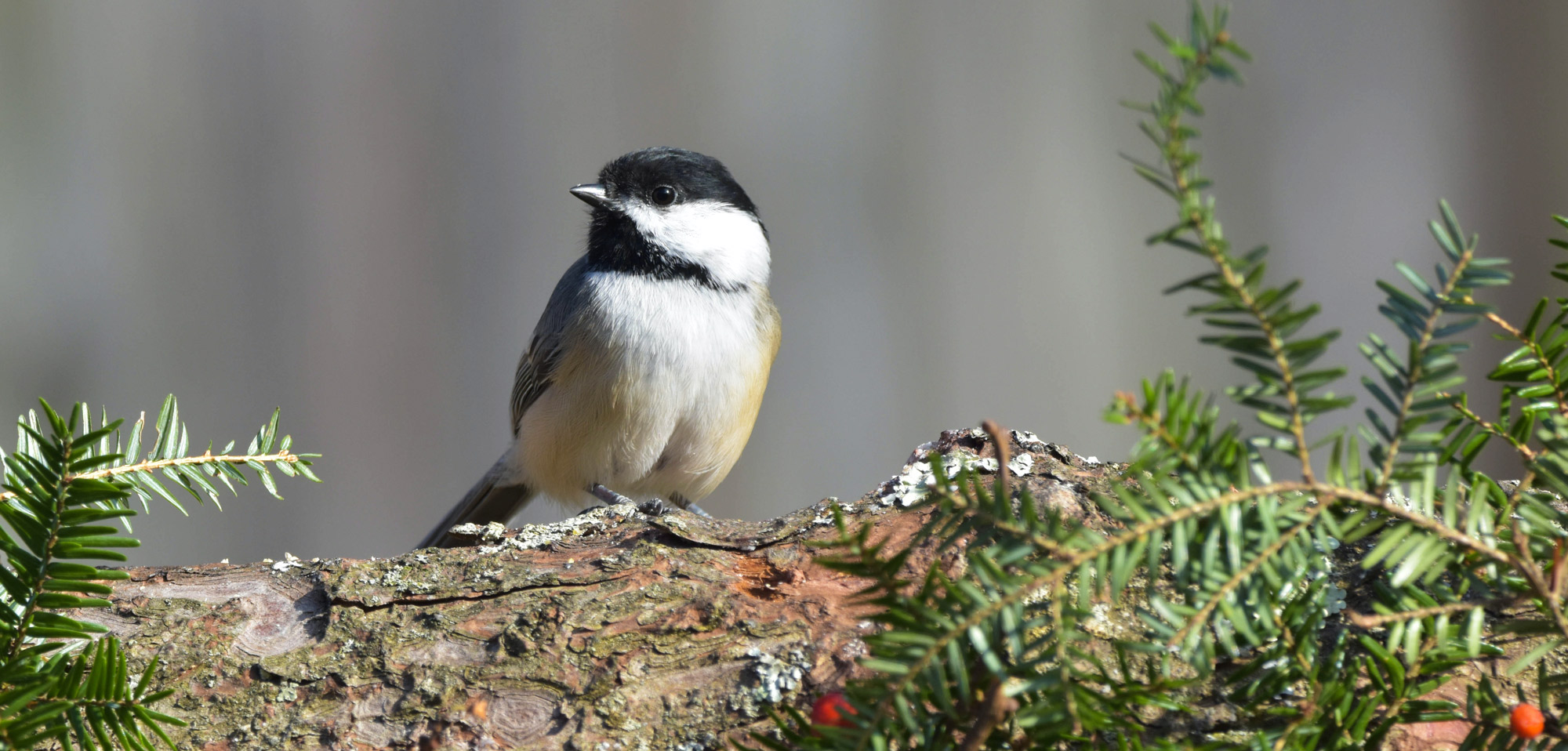
POPULATION TRENDS
Furthermore, regular monitoring of their population trends can provide valuable information on their distribution and abundance, which can help inform conservation efforts.
For example, there are Citizen science programs, such as the North American Breeding Bird Survey, the Christmas Bird Count, and eBird, which provide important data on black-capped chickadee populations.
These programs rely on the participation of volunteers to collect data on birds, which is then used to track population trends and identify any potential issues.
By participating in these programs, individuals can help contribute to our understanding of black-capped chickadee populations and help inform conservation efforts.
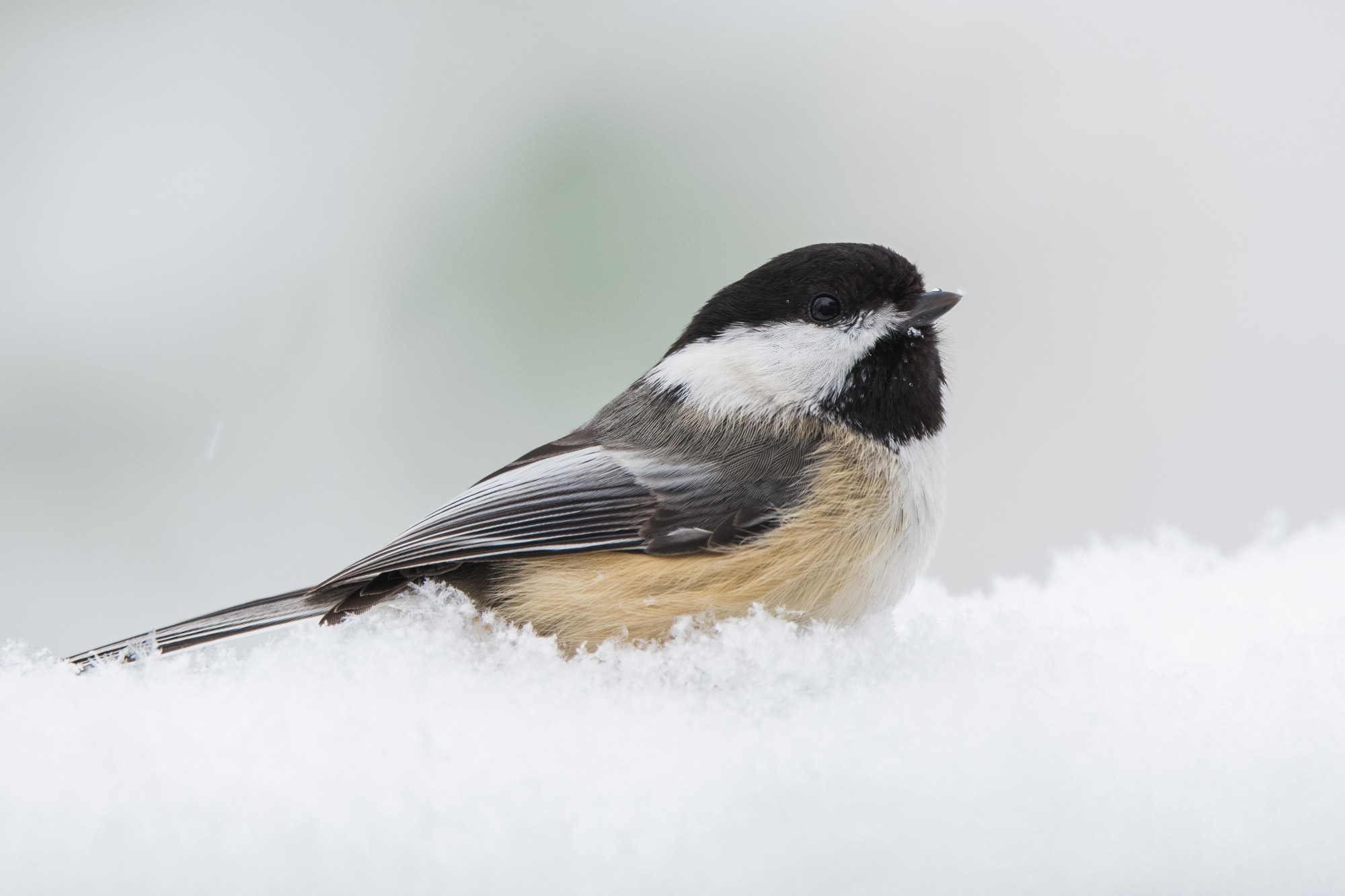
PART OF THE FOOD WEB
It’s also worth noting that black-capped chickadees are an important part of the food web.
They are preyed upon by a variety of animals, including hawks, owls, and snakes. They are also important seed dispersers and pollinators. Their role in spreading seeds and pollen helps to maintain the health and diversity of the forest ecosystem.
SURVIVE IN COLD TEMPERATURES
One more aspect of black-capped chickadees that is worth mentioning is their ability to survive in colder temperatures.
These birds can survive in temperatures as low as -40 degrees Fahrenheit, thanks to their ability to fluff up their feathers to create an insulating layer of air, and to their ability to enter a state of torpor, which is a form of hibernation that allows them to conserve energy.
This makes them an important part of the forest ecosystem, as they can survive and forage for food during the cold winter months when other animals may struggle.
BACKYARD BIRD
In addition to conservation efforts, there are also many opportunities for people to enjoy and learn about black-capped chickadees in their backyard or in local parks.
For instance, installing bird feeders and nesting boxes can provide an opportunity to observe these birds up close, and participation in citizen science programs can provide an opportunity to contribute to our understanding of black-capped chickadees and other bird species.
In conclusion, the black-capped chickadee is an important and fascinating bird species that play a vital role in the ecosystem. They are adaptable, intelligent, and sociable birds that are a joy to watch and listen to. However, like many other bird species, they also face several threats such as habitat loss, urbanization, and climate change. By taking actions such as providing bird feeders, and nesting boxes, creating, and preserving suitable habitats, reducing pesticide use, participating in citizen science programs, monitoring population trends, and conducting research, we can ensure the conservation and protection of this beloved species for future generations to enjoy.
WANT TO LEARN MORE? TAKE A LOOK AT THESE ARTICLES:
- The Scarlet Macaw
- The Scarlet Ibis
- Lovebirds
- The Female Cardinal
- The Great Egret
- The Great Blue Heron
- The American Robin
- The Northern Cardinal
- The Dark-Eyed Junco
- The Blue Jay
- The Gray Catbird
- The Tufted Titmouse
- The Red-winged Blackbird
- The Black-capped Chickadee
- The Evening Grosbeak
- The Common Starling
- The Kiwi Bird
- Wild Birds Unlimited

